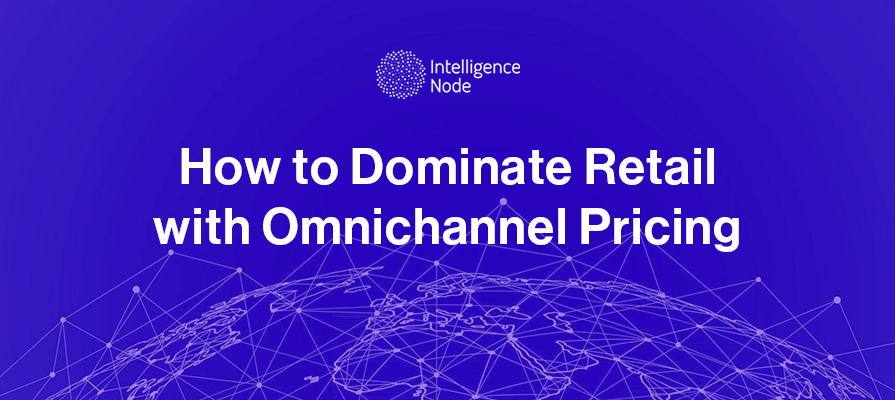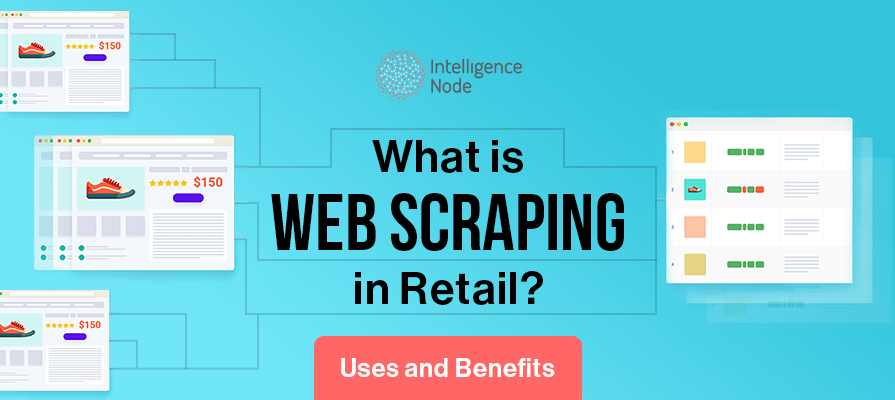Today’s eCommerce landscape, at the cusp of inflation, is studded with price-sensitive shoppers. During the 2022 holiday season, for example, 57% of US consumers intended to shop online, citing one of their top reasons as lower prices. Evidently, anyone with a smartphone and internet connection now has access to data across platforms and channels, right at their fingertips. The typical consumer is price savvy, hyper aware of market trends, and knows the best tricks to find great deals. In fact, in recent years, price comparison apps and discount scraping services are becoming increasingly popular as well, such as Honey and CamelCamelCamel that enable consumers to find the best deals and prices for any product they want to shop for almost instantly.
While some argue prices should be constant and not dwindle much, others believe that having a flexible, dynamic pricing strategy that aligns with competitor prices and seasonal trends can make pricing more transparent and appealing for shoppers. These evolving shopper preferences have made smarter, dynamic pricing software critical to improving market share and conversion rates. It has also led to a need for automated, AI-driven, accurate pricing solutions that can help brands and retailers monitor competitor pricing in real-time to be able to offer the best prices to shoppers without sacrificing their margins.
Understanding Dynamic Pricing
Dynamic pricing or rule-based repricing is a flexible pricing strategy that enables retail businesses to make pricing adjustments in real-time to take advantage of gaps left by their competitors. This strategy pushes retailers to analyze competitor behavior and calibrate pricing strategies in real-time. In turn, these businesses can equip their products with competitive, attractive pricing year round to maintain healthy margins and sales without excessive discounting or catching a shifting market trend too late.
Dynamic pricing can be derived as follows:
Analyzing Competitor Pricing with Intelligence Node
Once your business has identified the competitors they want to track, the first step is to analyze competitor pricing. This entails identifying similar or identical product offerings among competitors in the same industry, and comparing their listed prices. By analyzing competitor pricing, your business can identify which products are overpriced, underpriced, or in line with the market.
Intelligence Node’s best-in-class product matching capabilities and real-time price monitoring can simplify this process for your business by providing you with actionable insights almost instantly, allowing you time and resources to focus on optimizing your strategies.
Creating Pricing Rules Based on Business Needs
After analyzing prices set by your competitors, the next step is to create pricing rules as per your business goals. When using the Intelligence Node platform, these rules can be set directly on the interface, and will be implemented automatically when calculating a ‘smart price’. Rules can be created at the website, category, brand, and SKU level. Users can further drill down on pricing insights by creating rules (keeping in mind time periods, seasonality, etc.) across multiple complex parameters such as –
Price type:
Choosing whether to apply pricing changes to the current price or price including shipping or price+discount
Cost margin:
Setting the highest and the lowest percentage values beyond which you do not want to exceed your cost margins
Target price:
Setting rules for the desired target price, using min/max/average of other websites/brands as a benchmark
Match type:
Choosing to filter products by exact/similar matches across competitor websites
Limits:
Setting a maximum discount limit on your MSRP
Tolerance:
Setting minimum and maximum tolerance levels to focus only on those competitor price differences that are within the specified tolerance levels
Overlay rule:
Filtering and applying rules to products that specifically have charm or psychological pricing.
From this point, arriving at a pricing strategy is a matter of combining competitor pricing data with internally set rules and insight. These prices can then be applied across all your in-store and eCommerce platforms and reshaped as trends, stock, and competitor prices change.
In the process of setting up your own dynamic pricing strategy, Intelligence Node algorithms automatically adhere to your set pricing rules to suggest ‘smart prices’ for your products. The smart price takes into account all pre-defined rules and thresholds set by your team. With these pricing rules, you can make data-driven dynamic pricing decisions in real-time, giving you the ability to automatically optimize pricing based on pre-defined rules and your pricing goals so that you never lose shoppers to your competitors.
Master Dynamic Pricing with AI Price Optimization Tools
In the age of Amazon where prices change in minutes, not days, retailers need to constantly monitor prices and have the flexibility to make quick price modifications to take advantage of market gaps. This can potentially make dynamic pricing challenging to implement effectively without an automated tool. Practically, it is difficult for teams to manually analyze (and act on) pricing trends and competing price tags accurately, or in real-time, without an AI price optimization tool. All brands, retailers, and manufacturers need price optimization tools today if they want to thrive in the highly competitive and fast-paced eCommerce environment.
Price optimization solutions give retail businesses the artillery to win the pricing war by automating and streamlining pricing strategies that resonate with shoppers. But, retailers need to closely evaluate pricing tools before investing in them. Identifying the right services and tools can equip your business with the right capabilities to help you achieve your profitability goals.
Evaluating Price Optimization Tools for eCommerce Businesses
Key parameters for brands and retailers to consider while evaluating a pricing software for their online businesses include:
Accuracy:
Does the solution provide intuitive, accurate, and reliable competitive data and pricing insights that require minimum to no human intervention?
Speed:
Does the solution offer AI-powered real-time or hourly refreshed data? How fast can it be implemented?
Scalability:
Is the software automated and scalable to accommodate my growing business needs?
Integration:
Is the solution plug & play or does it need multiple integrations?
Costs:
Is the pricing affordable and can it offer fast returns on my investment?
Customizations:
Can the solution be customized as per business requirements?
Why Intelligence Node?
Aside from being scalable, customizable, and easy to use, Intelligence Node’s cutting-edge award winning retail technology can be leveraged to fulfill a variety of business needs to boost profitability, manage inventory, and keep an eye on the market in real-time.
- Intelligence Node is the most reliable product/price matching tool in the market. We offer the highest product matching accuracy of 99%.
- The proprietary AI & ML driven advanced analytics powering Intelligence Node are a significant addition to a retailer’s tech stack, and help you optimize prices, assortments, and visibility with unparalleled speed.
- The patented Similarity Engine enables us to track competitors across borders in real-time with as fast as 10-second data refresh rates.
- Our channel and language agnostic platform allows retailers to track global competitors across industries, uninhibited by language barriers.
- We support quick, seamless implementation with plug & play APIs and a SaaS portal, along with a retail dataset of 1.2 billion+ unique products, enabling you to begin tracking and optimizing your retail prices instantly.
Watch your profits skyrocket with Intelligence Node- book a demo today.




